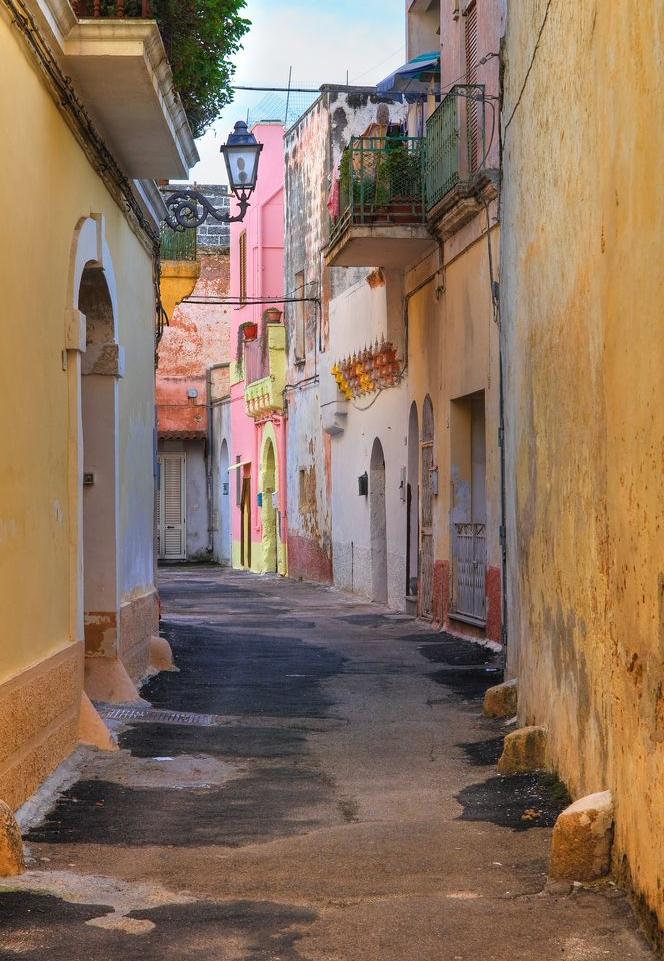“Quaremma”
On the balconies and terraces of Pulsano and throughout the Salento area, the Quaremma is exposed (a term derived from French, dating back to the French presence in the area in the 14th century: from the French Careme, translated into Lent): puppet typical of the Salento folk costume symbol of the beginning of Lent and the end of the Carnival, it represents an old ugly malnourished, all dressed in black for mourning for the death of the Carnival, in the right hand a thread of wool with a spindle, symbols of the industriousness and the time that flows and in the left a bitter orange (marangia) pierced by seven chicken feathers for how many Sundays are missing from Lent to Easter. The bitter orange (marangia) with its acrid taste represents suffering and seven feathers one for each week of abstinence and sacrifice that precedes Easter day. A pen is removed every week. At the end of the period, with the dry bitter orange (marangia) and the finished feathers, the caremma is removed from the terrace and hoisted on a pole with a thread, once the Resurrection is reached, it is burned and with the fire the period of purification begins and of salvation.
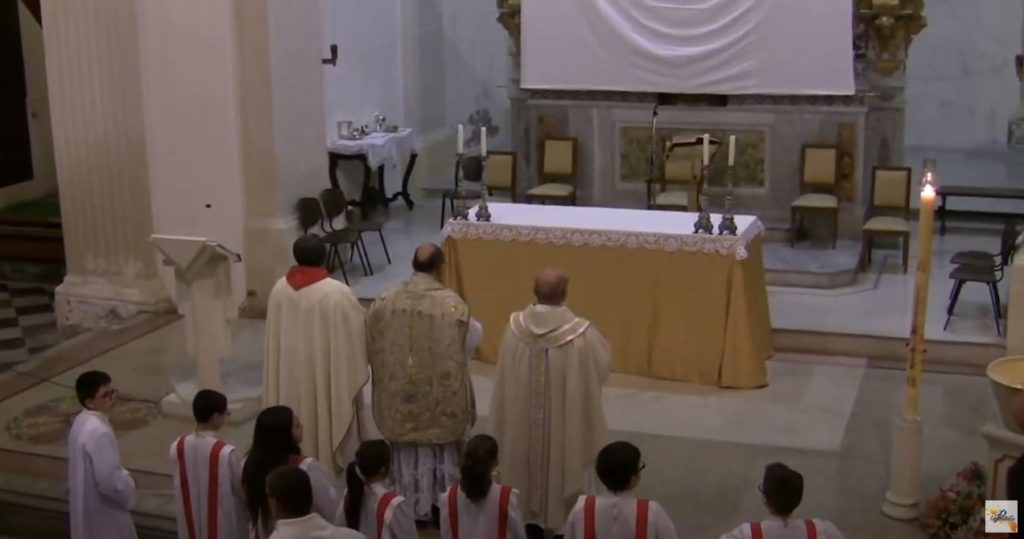
Sparo del panno
On the Holy Saturday a purple cloth, hanging above the altar during the season o[...]
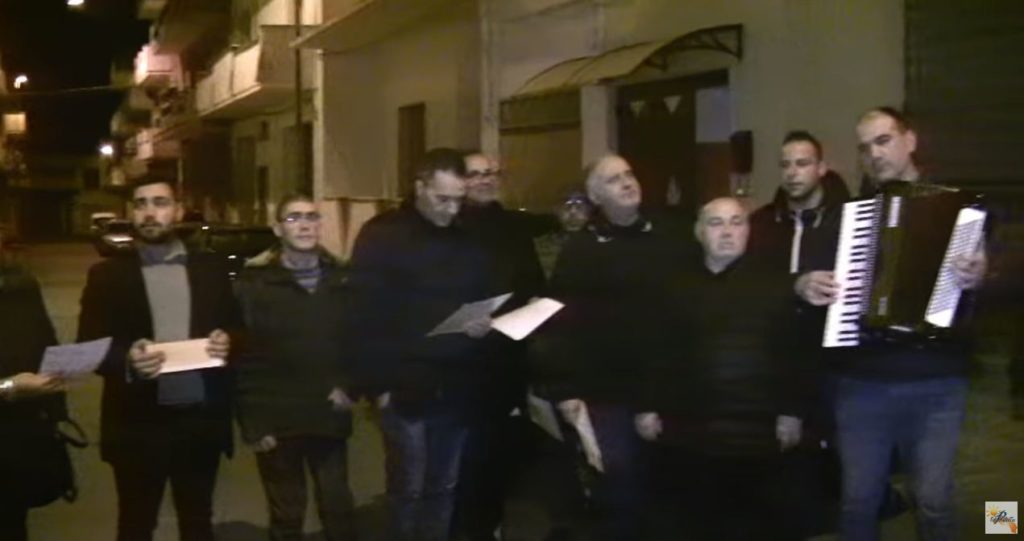
Santu Lazzaru
In ancient times, Easter in Salento was introduced by Christ’s Passion’s Car[...]
Living Nativity Scenes
From 25 December to 6 January: living crib in the historic center. For the occas[...]
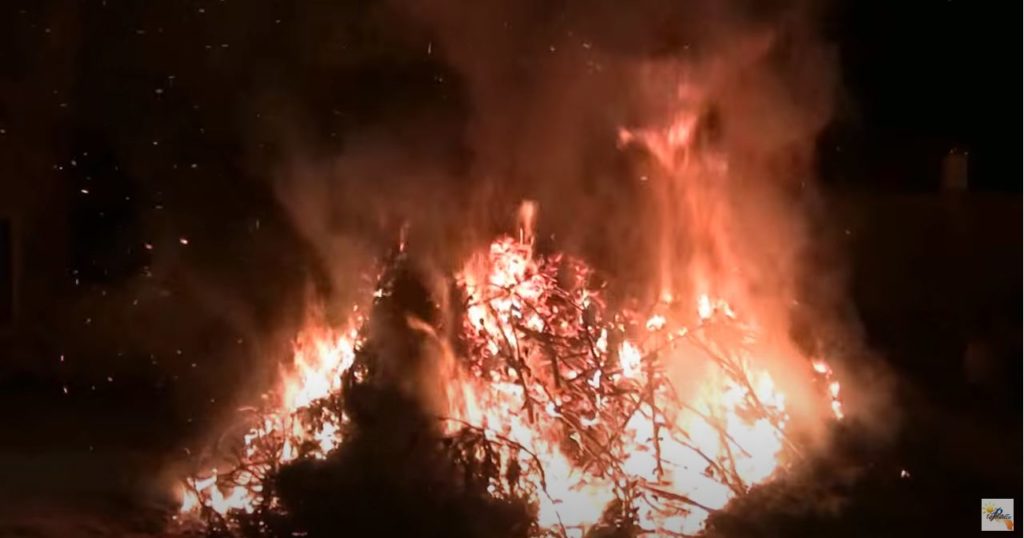
Saint Lucia
In Galatone, the inhabitants start to feel the Christmas spirit from December 12[...]
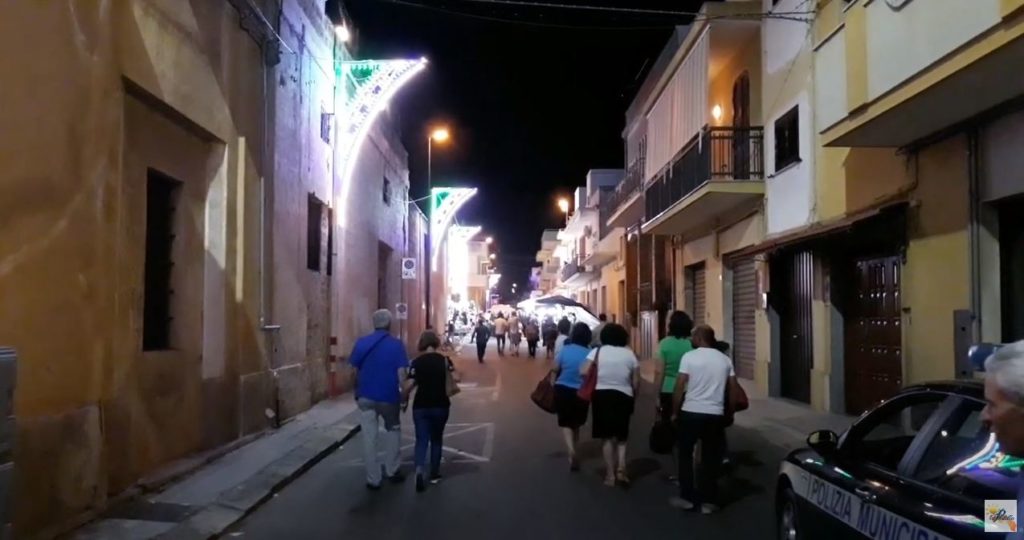
Santissimi Medici
It is held on September 25th and 26th. Religious festival with lights and firewo[...]
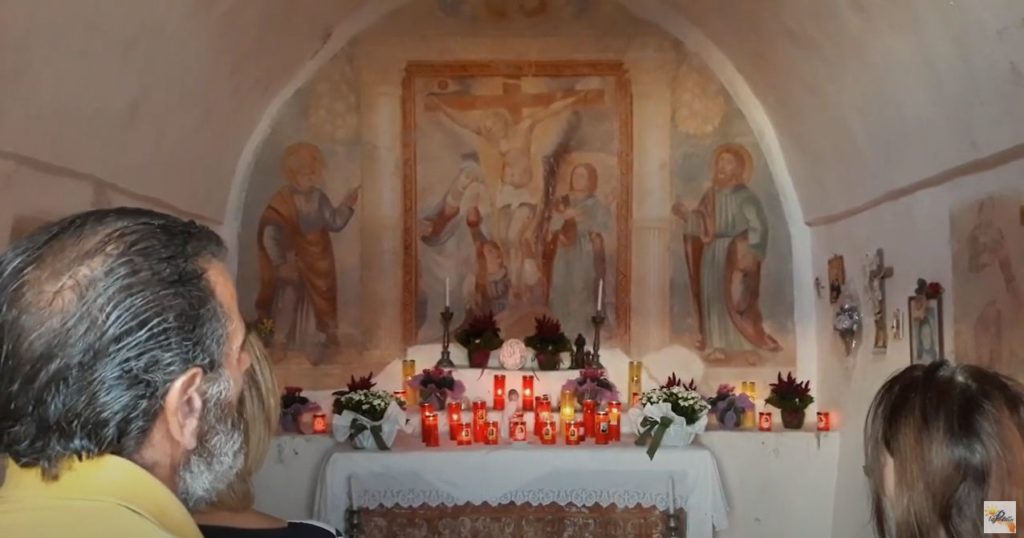
Cristu di Tabelle
September 14th, a religious festival in the ancient farmhouse of Tabelle. For th[...]
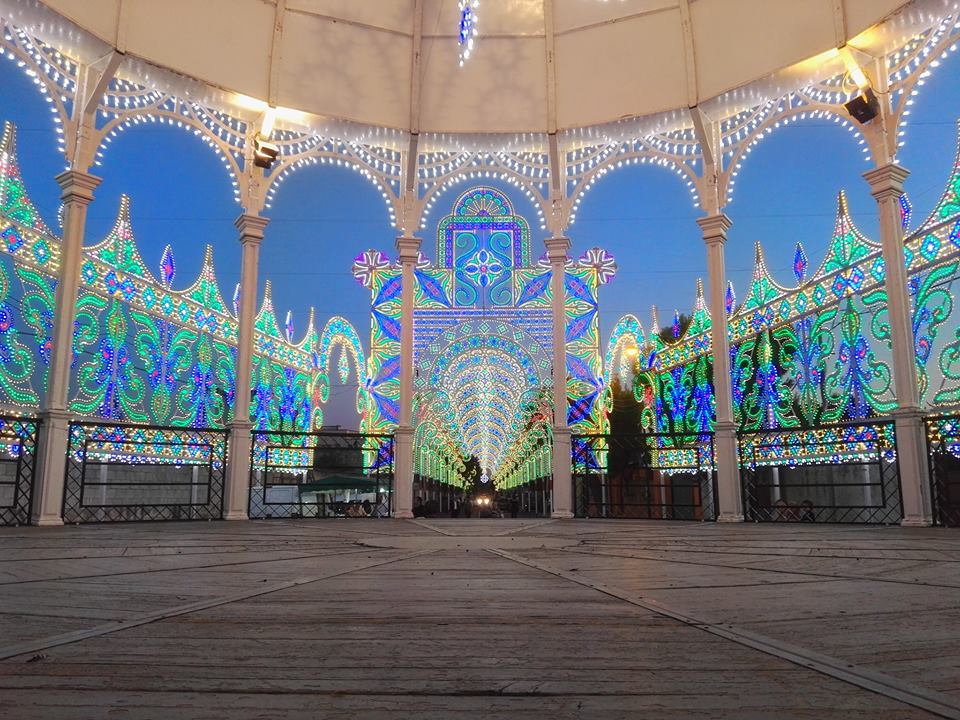
Madonna of Grace
The celebrations in honour of Our Lady of Grace take place since the Eighties of[...]
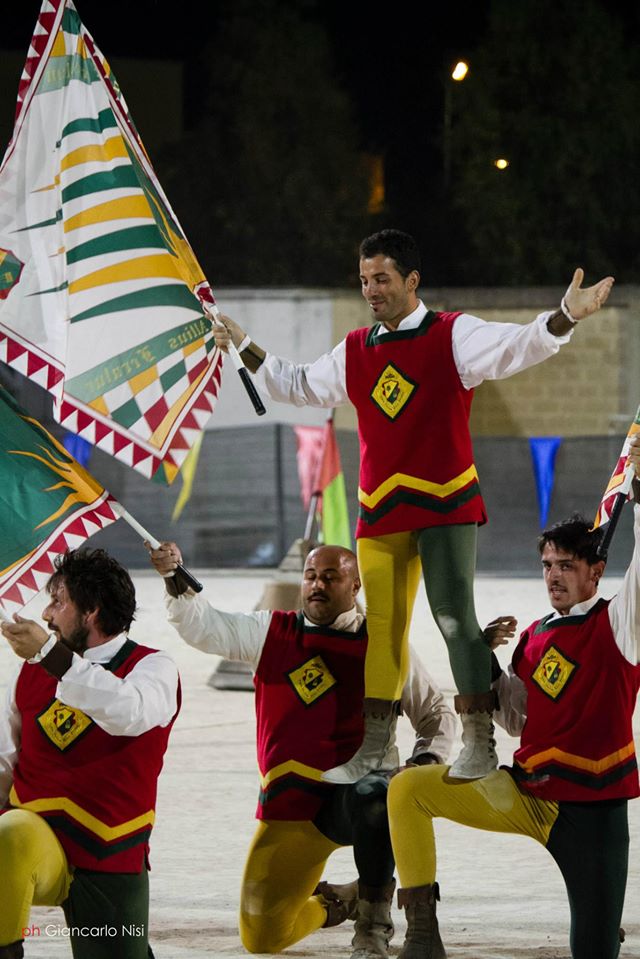
Palio delle contrade
It is held either in the first ten days of August or early September. Event with[...]

Sant’Anna / Galatone in pot
On 26 July, another religious festival with illuminations. For the occasion ther[...]
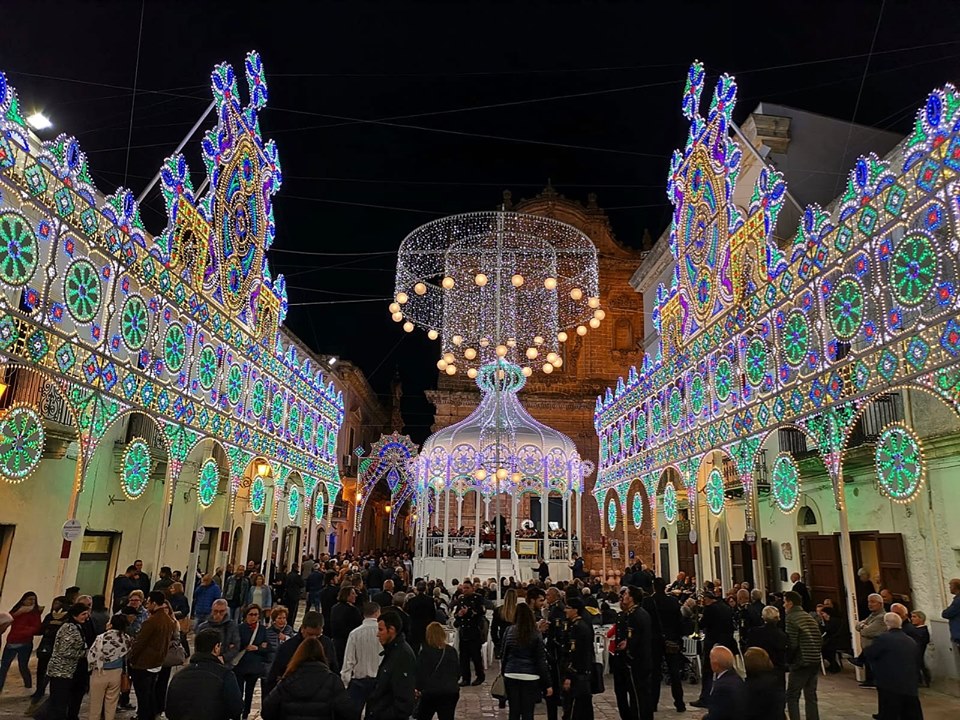
Festa SS. Crocifisso e Carro di Sant’Elena
The feast of Holy Crucifix of the Pietà is celebrated from 2nd to 4th May. The [...]

